Continuing on the bunkai (practical applications of Karate’s kata) theme from some of the last posts (to me, Karate = bunkai, in case you haven’t noticed), I thought about all the ridiculous bunkai you sometimes see out there.
If you only knew…
One in particular, that springs to mind, was when I saw this demo in Ireland once, where some guys were doing the Wado-ryu kata Chinto along with its applications (Shotokan people know it as Gankaku).
The move in question was the double hand block (manji-uke) when you’re standing on one leg (tsuruashi-dachi), just before you’re about to kick (chudan mae-geri or jodan yoko-geri for Shotokan).
Here’s a picture I found, to make it clearer:

Now, the bunkai these guys at this Karate demonstration were doing on that eventful day in Ireland many years back was something so absurd I can barely find words for it. Brace yourself, because here it comes:
They did the triangle choke.
Known as sankaku-jime in Japanese.
In case you don’t know, here’s what the triangle choke looks like in MMA:
 I sh*t you not.
I sh*t you not.
Right there on the tatami, these guys were rolling on the floor in their prissy Karate uniforms, trying to apply the triangle choke on each other. All just to show us (the audience) that they “understood” the kata Chinto/Gankaku bunkai where you stand on one leg.
Well…
At least they got the leg formation (almost) right!
Apart from that, I’m not so sure.
Actually, I usually bring this up as a humorous example in class sometimes.
But, funny or not, the fact remains: These guys had no idea about how they were supposed to figure out the practical applications for the kata in question. And neither has many other enthusiastic Karate-ka all over the world.
Which is a shame.
So that’s what this post is for.
For all you people who have stood there completely clueless when your sensei went “Umm… I’m not sure about that one…” after you showed off your 720 Dragon Kick of Awesomeness bunkai, this one is for you.
Hear ye, hear ye:
7 Reasons Why Your Bunkai (Probably) Sucks
#1: You put unnecessary labels on techniques.
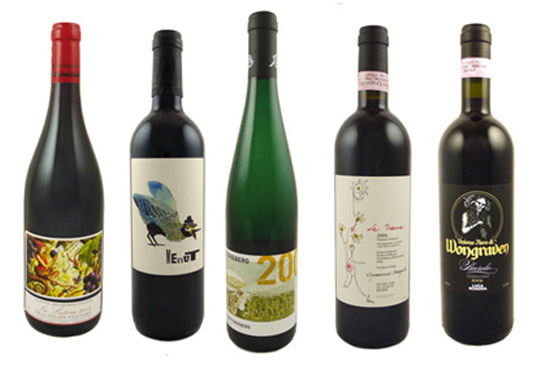
A block is a lock is a blow is a throw. Remember that phrase the next time you’re thinking “This is a block, so I must use it as such” or “This is a kick, so I must use it as such”.
There are no blocks.
There are no kicks.
There are no punches, stances, strikes, elbows, knees, headbutts, deflections, jump kicks, takedowns, throws or joint-locks.
There are no techniques.
There’s only movements.
The idea that every move needs to be a certain technique with a specific label, or etiquette, stems from the modernization of Karate; where you needed to be able to quickly and efficiently explain the meaning of a solo technique to many people at the same time – without going into the specifics of the practical application lying beneath the surface.
So, techniques got labels.
Because that’s what teachers of large groups need to do.
Simplify. Separate. Specify.
And watch students multiply.
Before that, in ye old days it was just, “put your hand here, turn here, lift your arm, slide back…”.
So what you need to do is forget it. Forget everything you know about what a certain technique is (or isn’t) because that will only serve to limit you in your search for an awesome bunkai.
- There are no “punches”. Just the physical act of straightening the arm.
- There are no “cat stances”. Just the physical act of shifting your bodyweight back.
- There are no “kicks”. Just the physical act of lifting and extending the leg.
Think: movements.
And a whole new world of opportunity suddenly opens up.
#2: You Presume Your Opponent Is (Physically) Weaker Than You.

A system of self-defense must always be based on the presumption that a person (physically) superior to you will most likely attack you.A midget with arms like spring rolls will probably leave you alone. Unless he’s drunk.
Big people attack small people. Strong people attack weak people. Pure logics. Survival of the fittest.
So don’t do bunkai that requires you to physically force your opponent into some awkward police brutality submission position. Don’t rely on the concept that you need to break down your opponent with your raw muscles alone for a certain technique to work properly. Don’t do techniques that “would have worked if he hadn’t been resisting”.
Because if you are, you’re doing something wrong.
If a ten year old girl can’t replicate what you just did, throw it out the window.
A martial art that relies on always being attacked by physically weaker opponents isn’t called Karate.
It’s called bullying.
And we don’t need no friggin’ bunkai for that.
#3: You Get Obsessed With Tiny, Ridiculous Details
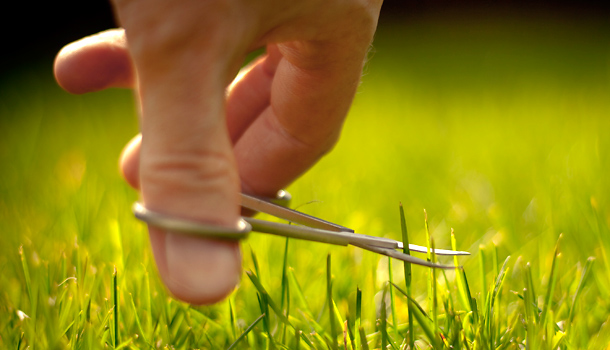
“But Jesse-san, I can’t do that! We have the hand closed in our style, not open!”
Please.
Don’t even go there.
The mere notion that your kata in question hasn’t been slightly altered in one way or other (intentionally or not) through centuries of transmission is just baloney. I mean, even Higaonna Kanryo, the “father of Naha-te Karate” , changed the open hands of kata Sanchin to closed fists (in what would later be known as Goju-ryu). And let’s not even talk about Itosu and the early JKA people.
So stop being obsessed with pinky fingers here and there.
Take a move like the kake-te (gripping hand) for example. This act of gripping your opponent can either be represented in a kata by an open hand (about to grip), closed hand (having gripped) or both open and closed (Ryuei-ryu Karate uses a snatching action called washi-zukami).
Three different movements that represent gripping somebody.
All with the same bunkai.
I mean, a shuto-uke might easily turn into a kake-te if you turn your hand slightly. If if fits, do it! Just because one sensei chose to represent a move a certain way doesn’t mean that the actual meaning is a any different from another sensei’s version, even though it might look different when you do it in “thin air” (without an opponent).
Sometimes, treating open hands like closed hands (and vice versa) gives very interesting results.
Play around. Who knows what you’ll discover?!
#5: You Keep Adding Your “Secret” Hot Sauce

There is no Brazilian Jiu-Jitsu triangle choke hidden in kata Chinto/Gankaku. Those guys I talked about in the intro truly made a duck out of a feather.
Yet people keep convincing themselves (and worse, convincing others) that there’s all kinds of hidden, secret, long-lost weird/cool moves in kata – and yes, they’re all invisible too – which they have evidently recently rediscovered through some magic dream (or was it magic mushrooms?) or something.
I’ve written about this briefly before, so don’t make me repeat myself.
Unless you actually see one, there is no “720 Dragon Kicks of Awesomeness” hidden by evil masters who didn’t want us to learn their secret techniques anywhere in any kata. Toying around with details that are already present in a kata (point #4), and adding your own fantasy are two separate things.
So just… drop it.
Sometimes I think people need to sit their speculative asses down and figure out what they’re really looking at.
And all that.
#6: You Chose the Wrong Kata

If you were to ask me to find out a bunkai for a certain kata, chances are big I wouldn’t.
Because I only do bunkai to “old-style” kata.
Post-Itosu kata? I don’t even bother. Modern Goju-ryu? Give me a break. Shotokan? That’s a bastardization of a simplification. Wado-ryu? Get lost. Shito-ryu? Oh my god. Shorin-ryu? Good luck.
All of these styles have only a handful of kata you can really work with.
The rest is simply reference.
But, before you go all hate-mailey on my inbox, don’t get me wrong here. You know I’m exaggerating a bit. There’s probably loads of great bunkai to the Pinan/Heian, Bassai Dai/Sho, Kusanku Dai/Sho, Gekisai Ichi/Ni, Suparimpei, Seisan, Chinto, Meikyo, Sochin, Jion, Jitte, Jiin and other modern interpretations of old-school Okinawan Karate kata. Yes, seriously, there probably is.
I just haven’t found them.
(At least not without using a significant amount of imagination!)
Because, the fact is, although old Itosu Anko (1831 – 1915, considered by many the father of modern karate) was responsible for revolutionizing Karate in Okinawa by introducing it to the school system (without him, none of us would probably be doing this Karate stuff), he also revolutionized Karate by deleting everything cool and awesome.
He was like: “Cool and awesome?”
“Delete.”
That was his entire process when he codified 20+ kata or so for the school system. And we still practise them all today, in even more simplified versions.
Imagine taking some hot coffee, pouring loads of water in it. Then you drink half of the water/coffe blend and proceed to pour even more water in it! Drink some more, and fill the rest of the cup with water. That should give you the picture.
Believe me, when you’ve seen the original versions of certain kata in Okinawa, everything else suddenly seems so… boring!
Simplistic.
Watered-down.
So, what I’m saying is: When you’re standing there all frustrated, trying to get your bunkai on, don’t be sad if you can’t come up with some of that nasty, grimey, raw, dirty, uncensored eye-poking-groin-kicking-face-spitting bunkai stuff.
You might just have chosen the “wrong” kata.
Watered down school-kids kata will most likely produce watered-down school-kids bunkai. It’s as easy as ABC, 123.
And I guess that’s why everybody keeps adding their McDojo™ “secret” hot sauce.
To spice things up.
#7: You Ignore Your Other Body Half

If the masters of old designed kata to be completely useless and unpractical in real life, some of us have pretty much got the idea right. At least this guy.
But I don’t think so.
I think, for instance, that the rear hand (the “inactive hand” or “dead hand” as it is sometimes referred to) is just as important as the active hand. If you punch with one hand, you pull back with the other hand, right? So why can’t that “other” hand be holding something then?
Hiki-te, which we call the other hand, literally means pulling hand.
It pulls something.
It’s interesting to note that this was standard practise in old JKA style kumite tournaments in Japan, where fighters would repeatedly hold and pull the opponents gi while smashing his teeth out.
So why did we stop doing that in bunkai?
Other martial artists always critizise Karate for being ineffective, since there is no point in keeping your defensive hand anchored at the hip all the time. Or behind your head. Or somewhere else where it makes no sense. And I agree. There’s no point. There is no dead hand. Your body is not a Christmas three, there is no place to put decoration.
And if there was such a thing as an inactive hand, it would most certainly be somewhere protecting your face – and not your hip bone.
Which it is, when you look at kata.
A hand held at the hip is not a dead hand. Neither is any other part of the body. Everything has a purpose. Nothing is inactive. Both body halves parts are working fine, unless you are a cripple.
Let’s stop making the masters look stupid.
____________________________
And that’s it for today.
7 Reasons Why Your Bunkai (Probably) Sucks is officially over for this time, but please believe me when I say that I’ve got hundreds of more where the above came from. There’s so many aspects to take into consideration when figuring out this whole mysterious bunkai thingy.
Midgets, cripples, McDojo owners, Irish bunkai experts and other offended people – get in line.
The rest of you, who are truly prepared to work hard on decoding our beloved kata of Karate… there’s a phone call waiting.
It’s Greatness.
He wants to say hello.
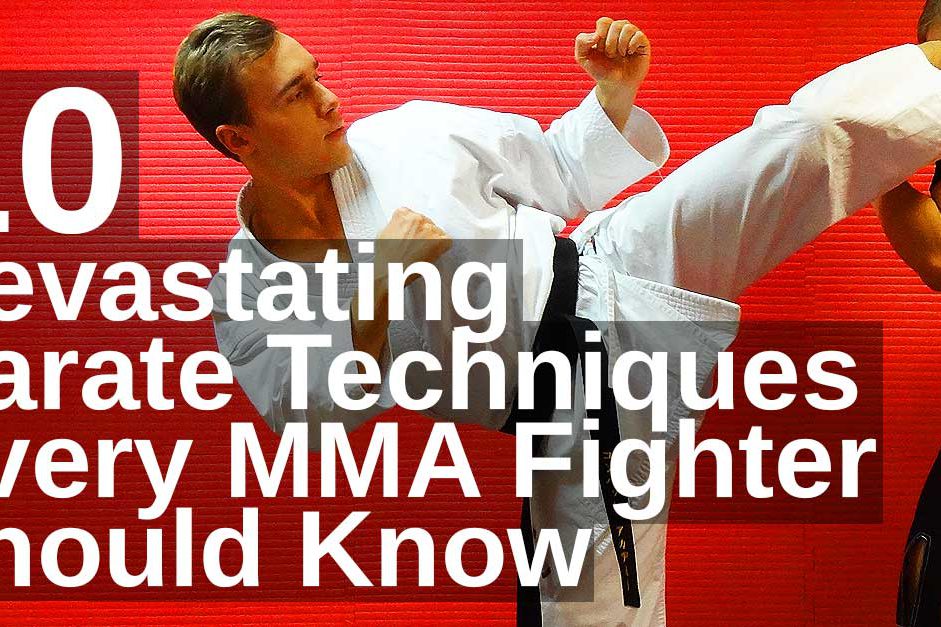
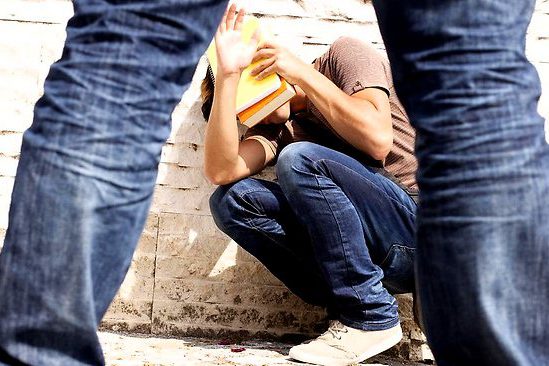
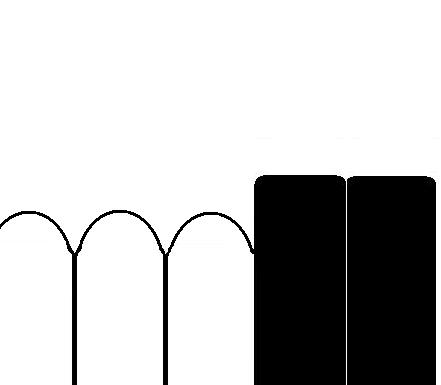
40 Comments